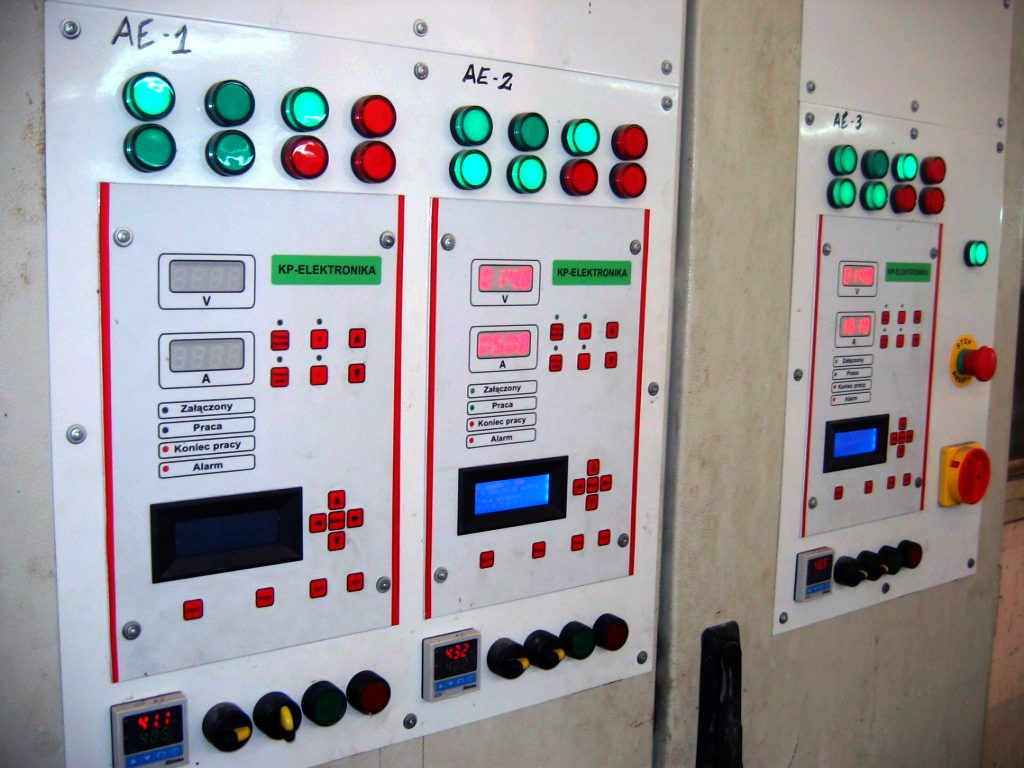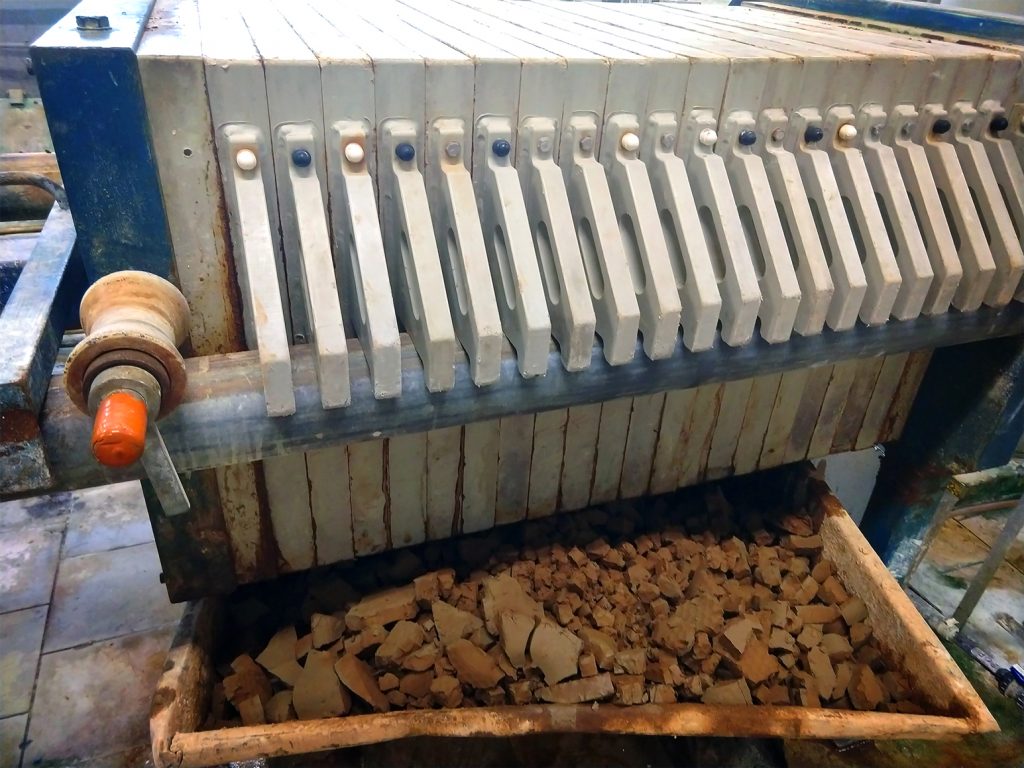The project foresees the development of an innovative mathematical model that will allow for the determination of the threshold contamination of the baths used in the industrial process of stainless steel electropolishing. Additionally, the model will be applicable even in the event of changing costs of chemical reagents and electric energy.
The project involves the realisation of the following tasks:
- conducting studies on processing bath contamination in laboratory conditions and in a technical scale,
- an analysis of changes in the quality of electropolished surfaces with the increase in processing bath contamination,
- the identification and analysis of process costs in a technical scale, including also the cost of hazardous waste neutralisation,
- the development of a mathematical model that will enable to monitor bath contamination and to determine the threshold pollution of the bath that is justified with respect to costs,
- pre-implementation works, including the verification of the developed multi-factorial mathematical model in a technical scale.



The target group are production facilities that deal with the electropolishing of stainless steel in Poland (in short-term perspective) and in European countries, e.g. Germany (in long-term perspective). The development of the model for the material that is most commonly used in the electropolishing process, i.e. stainless steel, may constitute the basis for the future development of similar models for other materials, such as titanium alloys.

